Did you know that the ancestors of our modern-day cats once prowled ancient forests and grasslands, some with saber-shaped fangs and others with paws as big as dinner plates? These 9 million-year-old felines are still keeping scientists on their toes—and their fossils reveal a world both wild and wonderfully strange. Imagine a time when enormous cats ruled the land, their lives playing out in epic dramas long before humans set foot on the scene. Ready to meet the most fascinating feline fossils that still have paleontologists purring with curiosity? Let’s take a playful leap back in time and meet 25 ancient cats that just might change the way you look at your own housecat!
Saber-Toothed Smilodon: The Celebrity of Prehistoric Cats

Smilodon is probably the most famous ancient cat, thanks to its oversized saber teeth that could grow up to seven inches long! But did you know Smilodon wasn’t much bigger than a modern lion? Its powerful front legs and stocky build made it a formidable predator, perfect for wrestling down giant prey. Picture a cat so strong it could tackle bison, only to use those iconic teeth for a quick, brutal finish. Despite their fearsome appearance, evidence suggests Smilodon lived in social groups, hinting at family ties similar to today’s lions. The mystery of how they used those teeth is still debated—were they for hunting or just for show? Smilodon’s fossils keep surprising us with new secrets from the Ice Age.
Homotherium: The Scimitar Cat with a Saber Smile
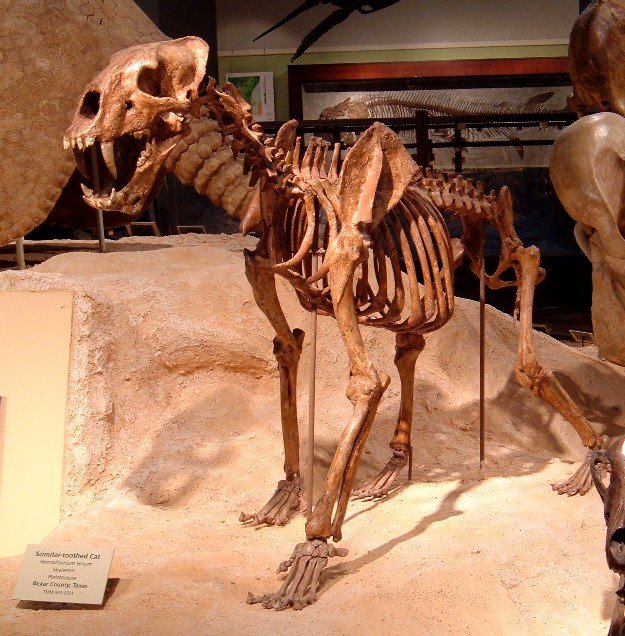
Homotherium, also known as the “scimitar cat,” looked like a cross between a hyena and a cheetah, with long legs for speedy sprints and serrated teeth made for slicing. Unlike Smilodon, its saber teeth were shorter and flatter, like steak knives. Homotherium hunted in packs, chasing down prey across grassy plains. Some scientists think they were the first cats to hunt in open habitats, making them pioneers of the feline world. Fossils even show healed injuries, hinting these cats may have cared for each other. Imagine a pack of Homotherium working together like a furry, feline SWAT team—now that’s teamwork!
Megantereon: The Worldwide Wanderer

Megantereon was the globetrotter of ancient cats, with fossils found from Africa to Europe and even North America. This saber-toothed predator might have been the ancestor of the famous Smilodon, passing down its fearsome genes. Megantereon’s canines were impressively long, but its body was compact and muscular—think of a powerlifter with a set of culinary knives for teeth. It likely ambushed prey from the shadows, using its strength for quick, deadly attacks. Despite being long extinct, Megantereon’s wide range makes it a favorite for cat fans who love a good travel story.
Pseudaelurus: The Original Cat Trendsetter

Before housecats ever stalked your living room, Pseudaelurus was setting the stage for modern felines. This ancient cat lived 9 million years ago and looked a bit like an overgrown wildcat, with a long body and nimble legs. Pseudaelurus is often called the “stem cat” because scientists think it’s the common ancestor of nearly all modern cats, big and small. Its fossils have popped up from Europe to Asia, showing just how adaptable these proto-cats were. Imagine your tabby tracing its family tree straight back to Pseudaelurus—talk about a legacy!
Dinofelis: The Terror of the Early Savannah
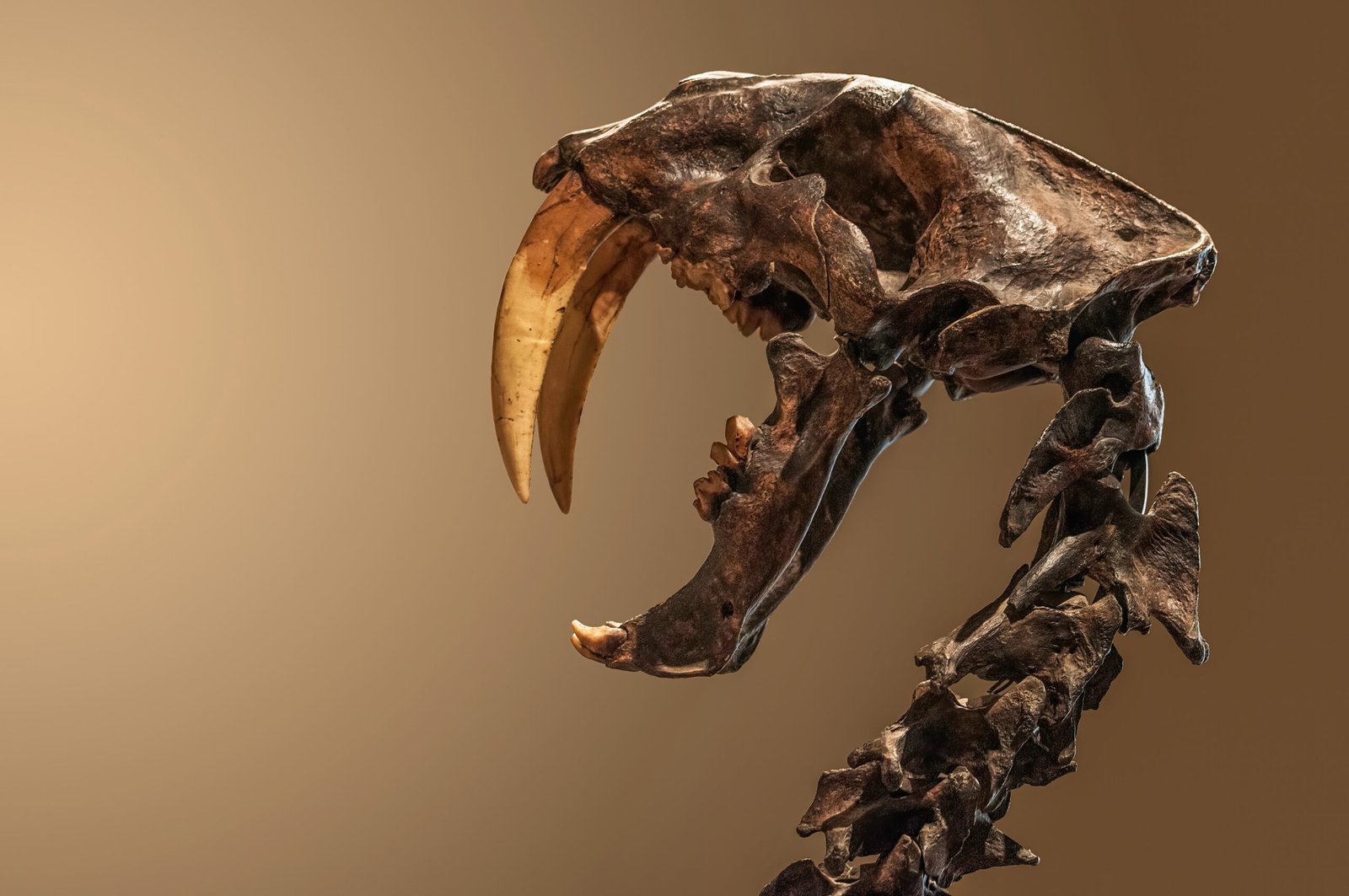
Dinofelis, meaning “terrible cat,” certainly lived up to its name. With robust jaws and saber-like teeth, it was built for ambush attacks. Some scientists think Dinofelis hunted early hominids, making it a real-life villain in our own evolutionary story! Its fossils are often found near ancient watering holes—prime hunting grounds for a stealthy predator. Dinofelis wasn’t as large as Smilodon, but its reputation as a fierce hunter is well-deserved. Picture a shadowy cat lurking in tall grass, ready to pounce on anything that moved. That’s Dinofelis—one of the earliest cats to truly rule its domain.
Machairodus: The Battle-Scarred Gladiator
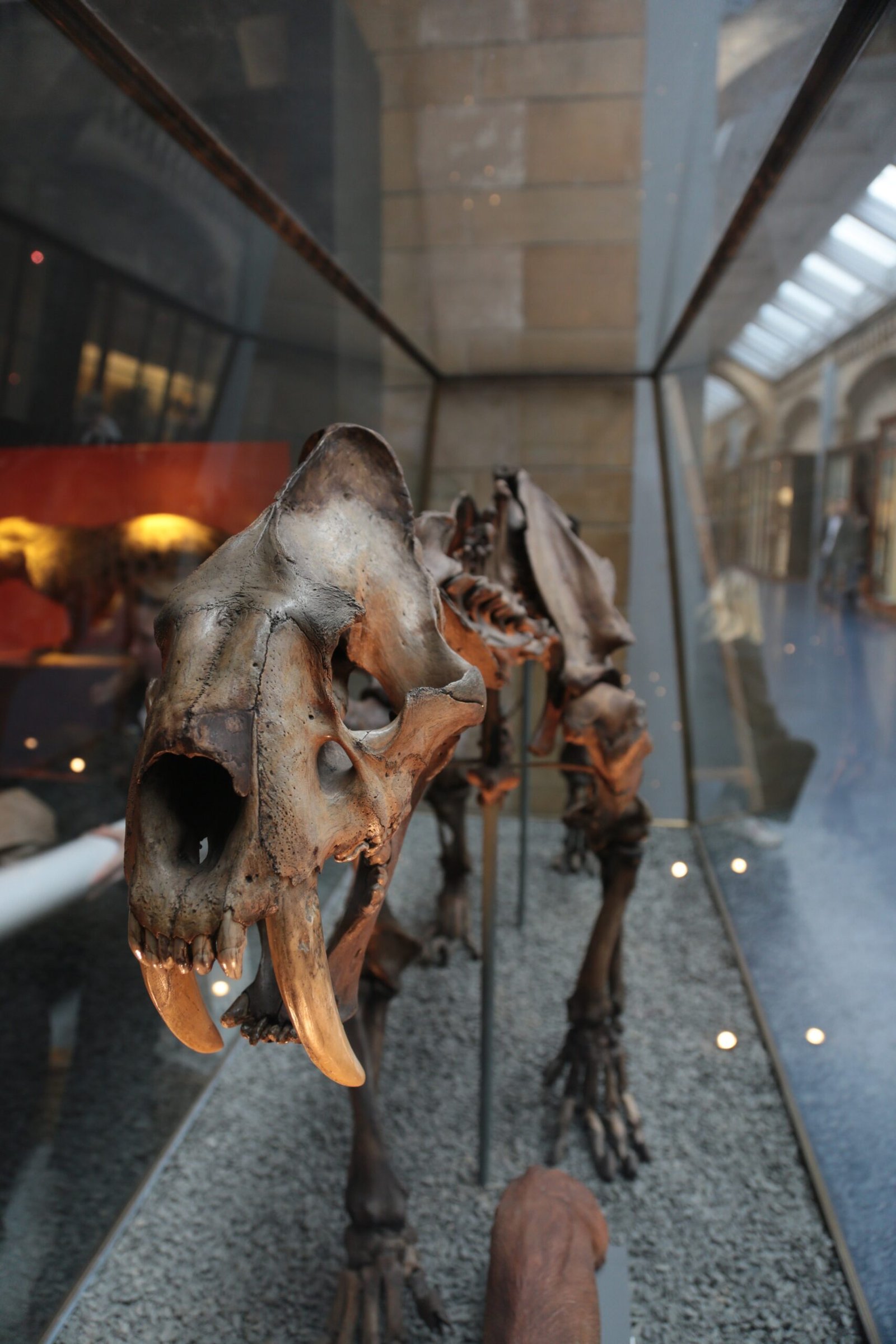
Machairodus was a heavyweight among saber-toothed cats, sometimes rivaling lions for size. Its name means “knife tooth,” and for good reason—its upper fangs were sharp, flat, and deadly. Machairodus is famous for the battle wounds seen on its fossilized bones, proof of a rough-and-tumble lifestyle. These cats probably fought over territory, mates, and food, leaving scars that lasted for millions of years. If you imagine ancient cats as fierce gladiators, Machairodus would wear the champion’s crown, complete with a few battle dents.
Barbourofelis: The Bulldog Cat
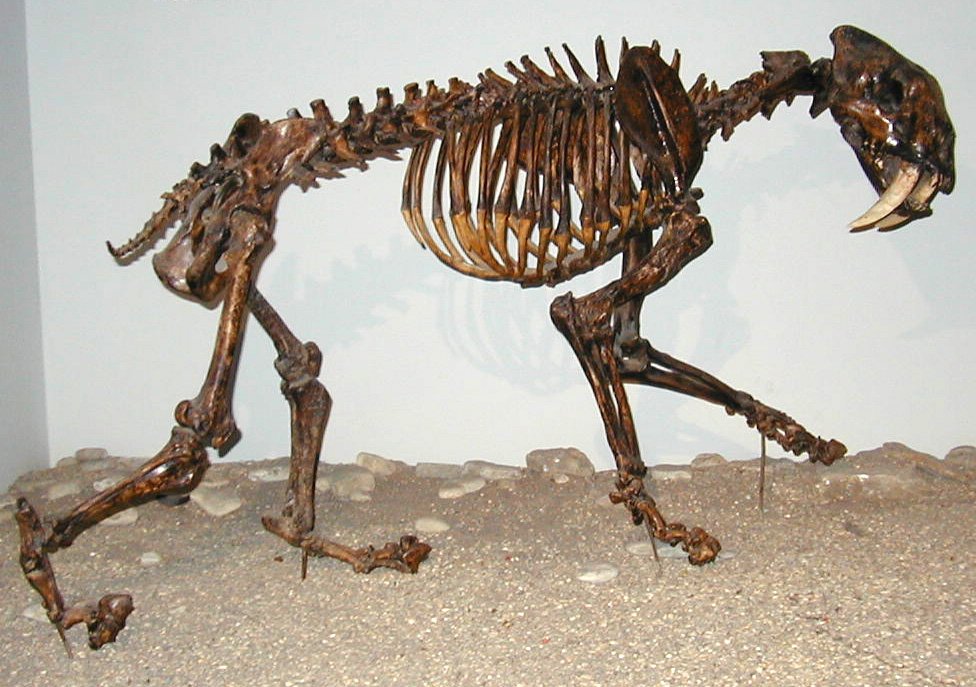
Barbourofelis is sometimes called the “bulldog cat” thanks to its stocky body, short snout, and massive jaws. Unlike most saber-toothed cats, Barbourofelis was built low to the ground, almost like a furry tank. Its saber teeth had bony flanges on the lower jaw, acting like a sheath for those deadly weapons. With a bite force that could crush bone, Barbourofelis was a true powerhouse. Imagine a cat with the face of a bulldog and the attitude to match—no wonder paleontologists are still obsessed with this tough customer.
Paramachairodus: The Saber Cat with a Twist
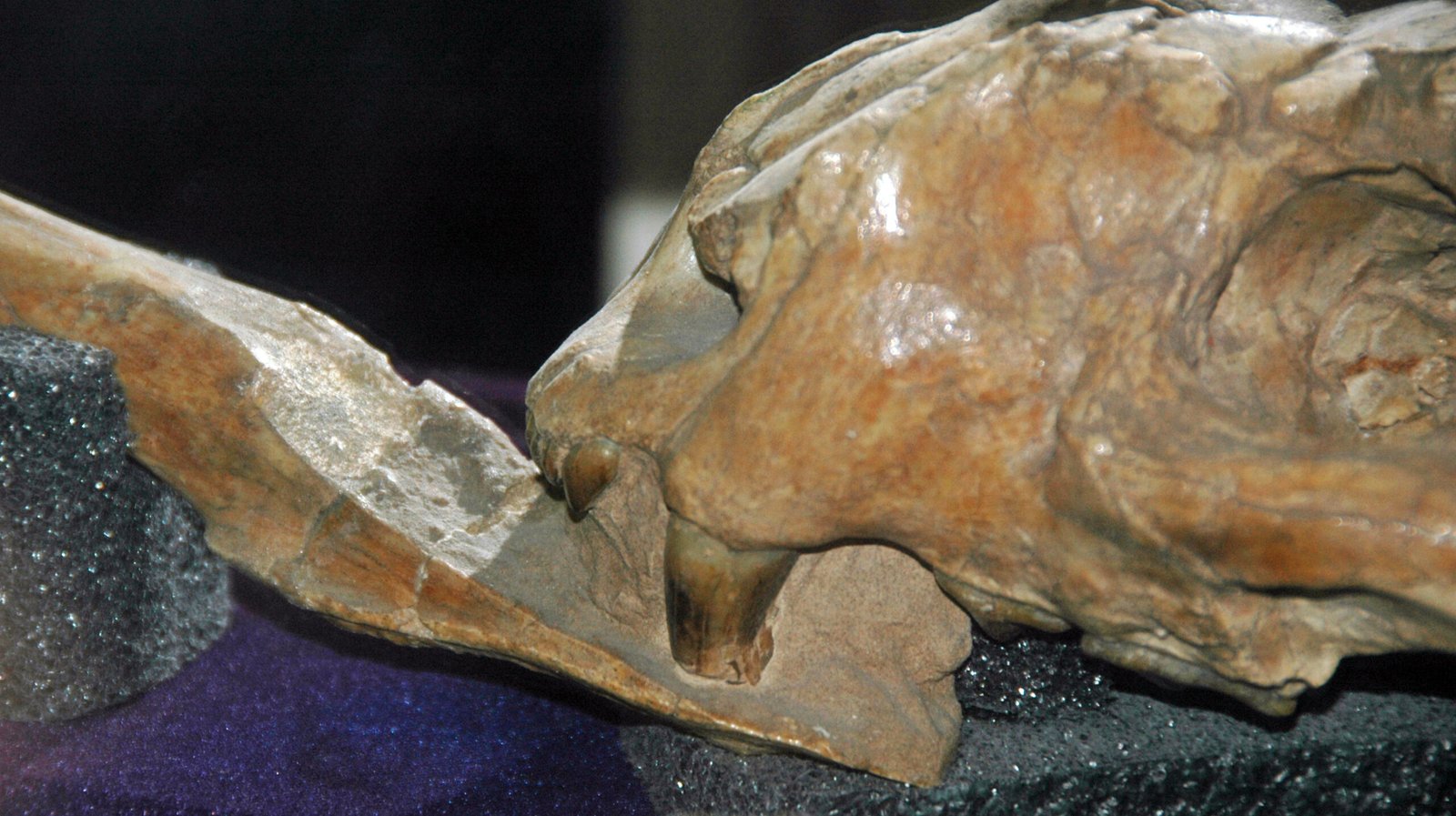
Paramachairodus adds an extra twist to the saber-toothed family tree. This cat had elegant, curved canines and a slender, graceful body—think of a ballerina with a set of steak knives for teeth! Unlike bulkier saber cats, Paramachairodus probably relied on speed and agility to catch prey. Its fossils are rare, but each new find gives scientists a better picture of how saber-toothed cats evolved. If you love a good underdog story, Paramachairodus is the ancient feline that proves you don’t have to be the biggest to survive.
Metailurus: The Saber Cat That Could Climb

Metailurus was the acrobat of the saber-toothed world. Unlike its heavier cousins, Metailurus was built for climbing, with flexible joints and a long tail for balance. Its saber teeth were just the right size for gripping slippery prey, making it a master hunter in forests and rocky landscapes. Some scientists think Metailurus could even climb trees after a kill, just like modern leopards. Picture a saber-toothed cat perched in the branches, waiting for dinner to stroll by—a wild sight that’s hard to forget!
Panthera blytheae: The Oldest Big Cat on Record

Meet Panthera blytheae, the oldest known big cat in the world! Discovered in Tibet, this ancient feline lived around 4 to 5 million years ago and looked a lot like a modern snow leopard. Its discovery pushed back the timeline for big cat evolution, rewriting what we thought we knew. Panthera blytheae had a short face and powerful jaw, perfect for biting through tough hides. Its fossils suggest that big cats began adapting to cold, mountainous habitats much earlier than expected. Imagine this cat prowling snowy cliffs, paving the way for future panthers and leopards.
Pontolis: The River Cat with a Secret Past

Pontolis is a mysterious cat that once haunted riverbanks and wetlands. Its fossils are rare, and some scientists even debate whether it’s a true cat or a close cousin. What makes Pontolis stand out is its semi-aquatic lifestyle—imagine a cat that loved to swim and fish! With webbed feet and a streamlined body, Pontolis was perfectly adapted for water hunting. Picture a prehistoric kitty paddling through reeds, hunting for fish and frogs instead of mice. It’s a reminder that the cat family has always been full of surprises.
Proailurus: The “First True Cat”

Proailurus holds a special place in the feline family tree. Often called the “first true cat,” this little hunter lived over 25 million years ago but its descendants were still prowling 9 million years ago. Proailurus had a long, flexible spine and sharp claws—traits that modern cats have inherited. It was likely a solitary hunter, prowling ancient forests for small prey. This cat’s fossils help scientists connect the dots between early carnivores and the cats we know today. If you’ve ever watched your cat stalk a toy mouse, you’re seeing Proailurus’s legacy in action.
Stenailurus: The Saber Cat with a Secret

Stenailurus is a lesser-known saber-toothed cat that packs a punch in paleontology circles. Its saber teeth were surprisingly short, giving it more of a “sabre-stub” than a full saber look. Scientists think Stenailurus used its teeth differently—maybe for puncturing instead of slicing. Its fossils show a compact, muscular build, ideal for ambush hunting. Stenailurus proves that saber teeth came in all shapes and sizes, and sometimes, less really is more when it comes to evolutionary surprises.
Pardofelis: The Ancient “Leopard Cat”

Pardofelis is an early member of the cat family that looked a lot like today’s small wildcats, with a spotted coat and a long, ringed tail. This nimble predator preferred forested habitats, where it could climb and leap with ease. Fossils show that Pardofelis had sharp retractable claws—one of the most important evolutionary tricks that all modern cats still use. If you’ve ever watched a housecat disappear up a tree, thank Pardofelis for perfecting the art of the feline getaway.
Plioconefelis: The Cat That Crossed Continents

Plioconefelis is a cat with a passport! Its fossils have been found across Europe and Asia, showing just how far ancient cats could roam. Plioconefelis had a sleek, streamlined body, built for covering long distances in search of prey. Scientists believe this cat was an important link between early forest hunters and the open-land predators that followed. Its ability to adapt and travel made it a true survivor in a world that was constantly changing.
Sivaelurus: The Enigmatic Indian Cat
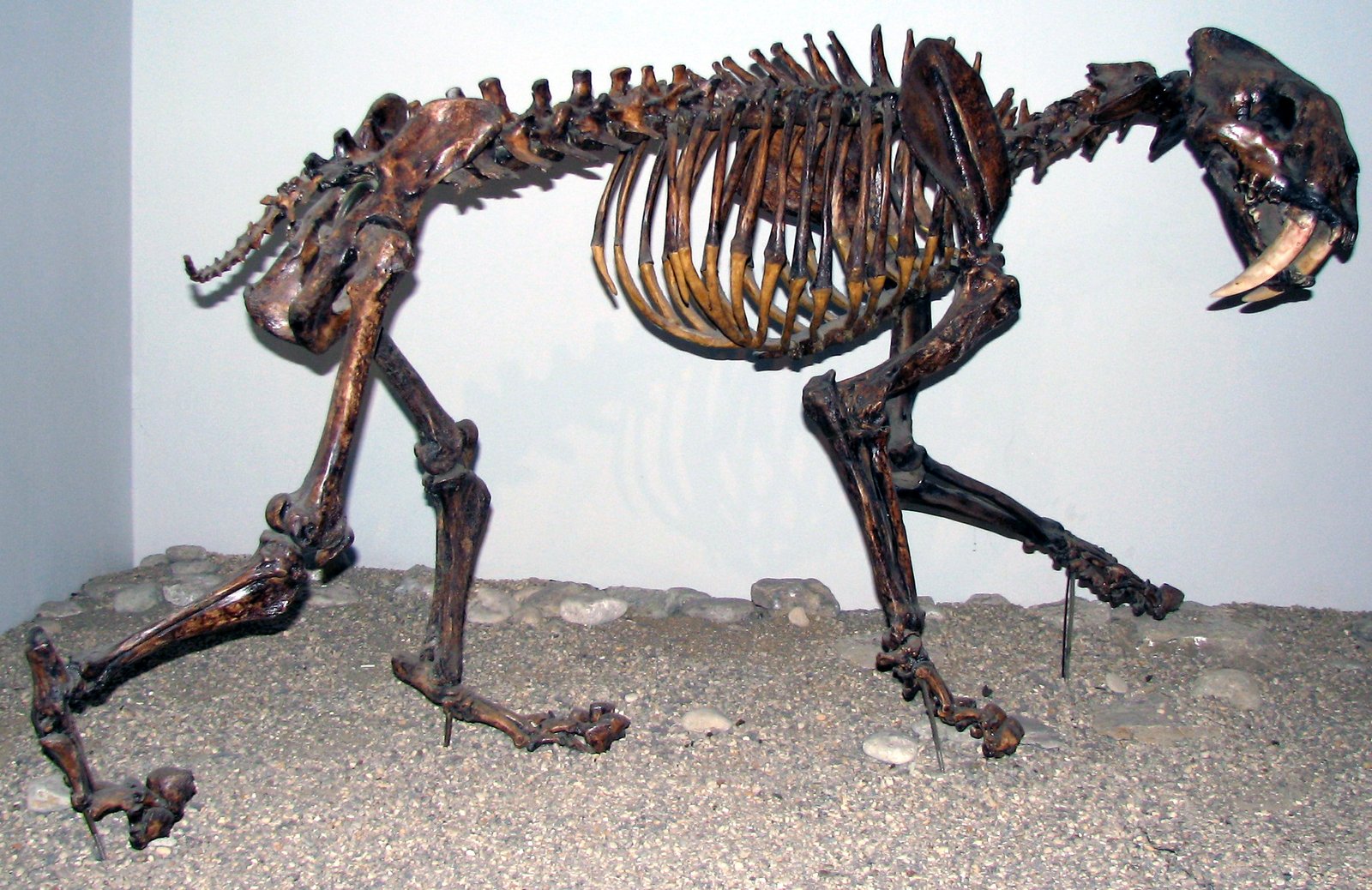
Sivaelurus is a mysterious cat from the Indian subcontinent, known mostly from a handful of teeth and jawbones. Despite the limited fossils, paleontologists are fascinated by its unique blend of features—part saber-toothed, part modern big cat. Sivaelurus may have been a stealthy ambush predator, using dense forests for cover. Its enigmatic nature makes every new fossil discovery a potential game-changer, adding fresh twists to the story of ancient cats.
Amphimachairodus: The Giant of the Open Plains
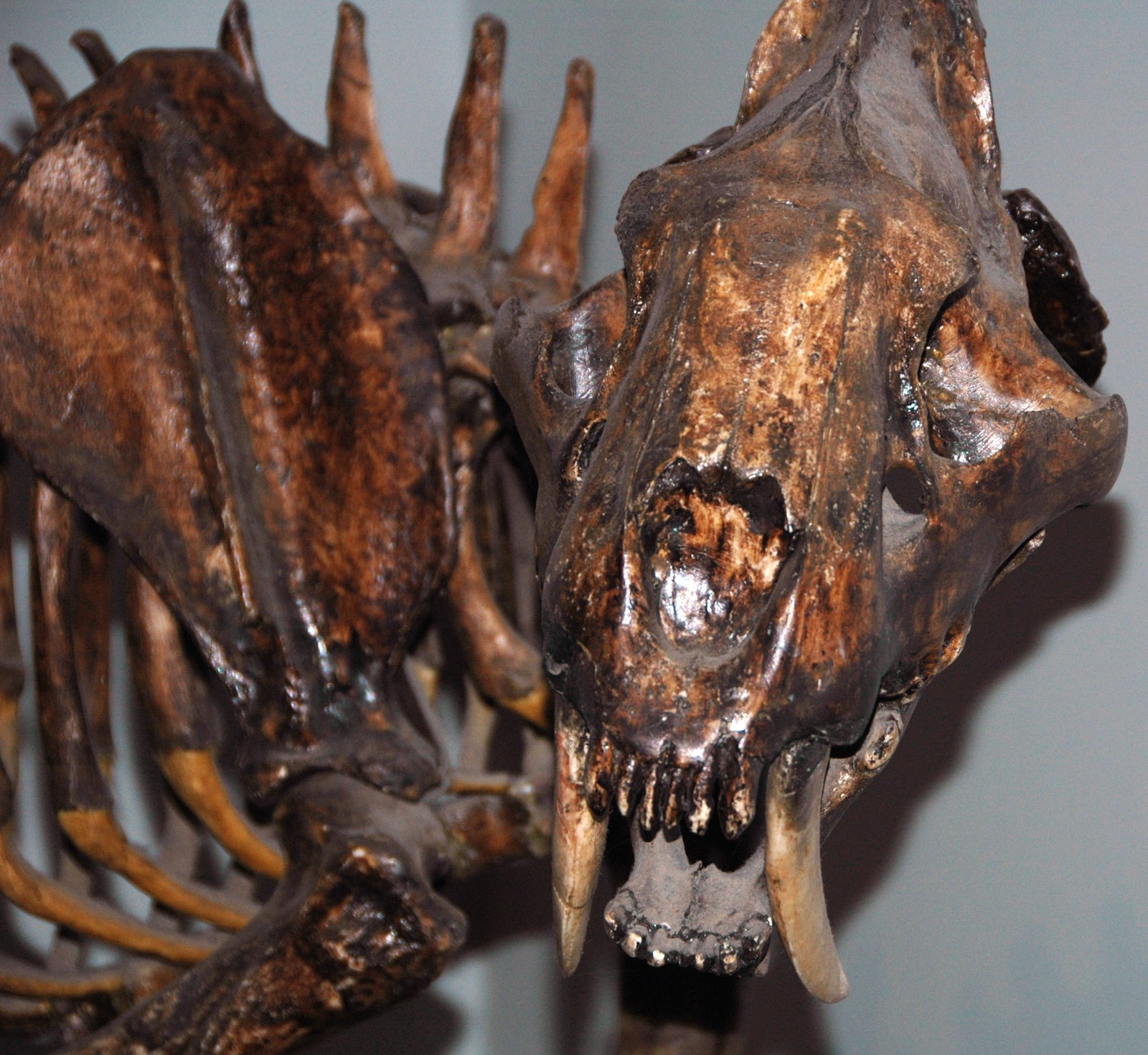
Amphimachairodus was a true giant, with some individuals nearly twice the size of a modern lion! This saber-toothed cat ruled the open grasslands, using its size and strength to take down massive prey. Its fossils show long, muscular limbs for chasing down herds, and teeth built for slicing through thick hides. Amphimachairodus may have hunted in groups, making it one of the few ancient cats to use teamwork on the hunt. Imagine a pride of these enormous cats stalking the savanna—now that’s a sight to inspire awe!
Sivapanthera: The Lost Panther of Asia

Sivapanthera is a little-known big cat that once prowled the forests and grasslands of Asia. Its fossils are rare, but what we do know suggests a cat with powerful jaws and a taste for large prey. Sivapanthera’s bones hint at a close relationship with modern leopards and panthers, making it a crucial piece in the puzzle of big cat evolution. Every new discovery adds a brushstroke to the portrait of Asia’s ancient wilderness.
Promegantereon: The Saber Cat’s Early Experiment
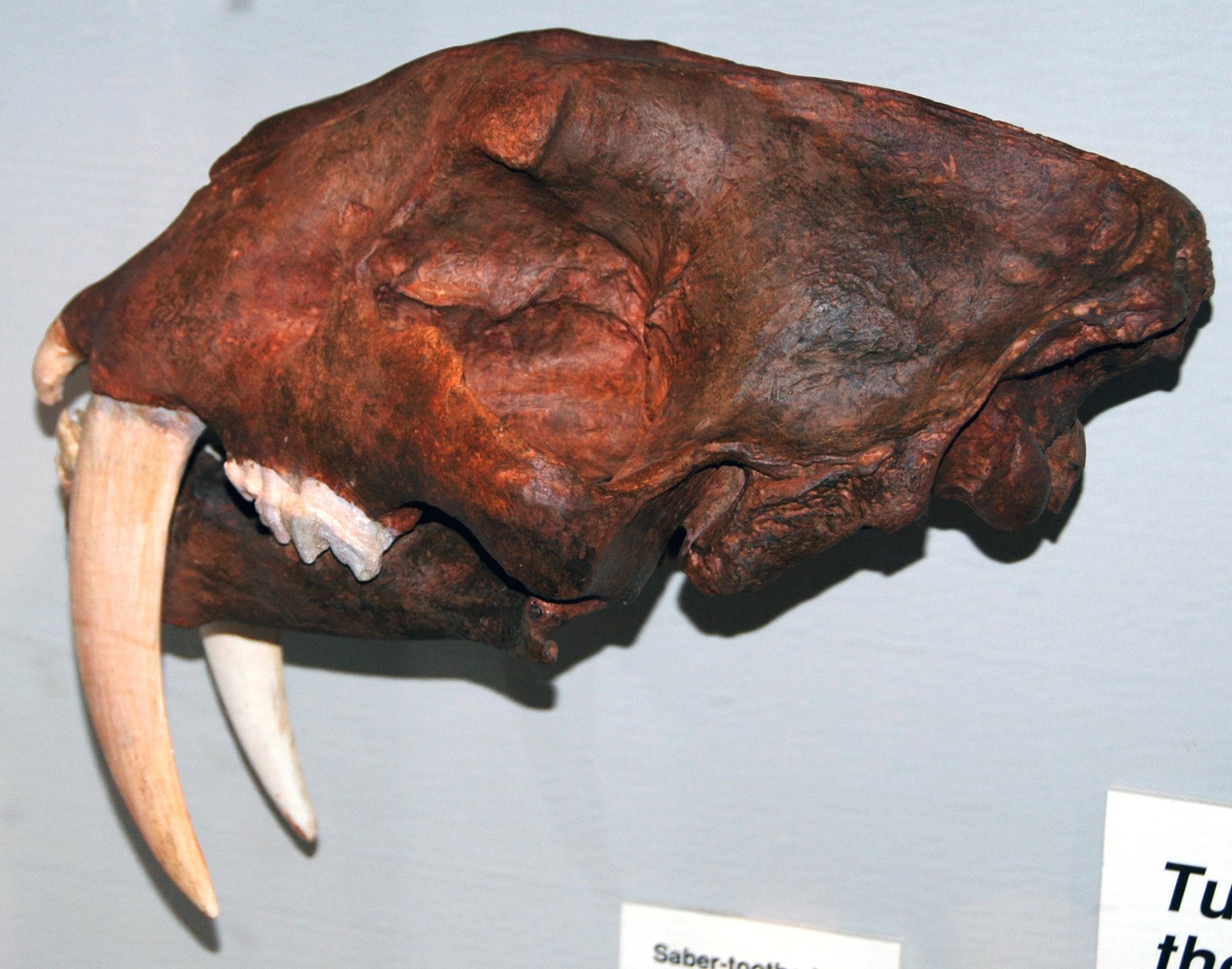
Promegantereon is like the beta version of later saber-toothed cats—an evolutionary experiment with long, slender fangs and a catlike body. This predator lived in forests and hunted smaller animals, using its teeth for quick bites rather than dramatic kills. Promegantereon helps scientists understand how saber teeth evolved and why some cats stuck with the classic fang design. Sometimes, the first draft is just as fascinating as the final masterpiece.
Palaeofelis: The Secretive Forest Hunter

Palaeofelis was a cat built for stealth. With a long tail and soft, padded paws, it could move through dense undergrowth without making a sound. Its fossils suggest a diet of birds, rodents, and reptiles—anything it could snatch from the shadows. Palaeofelis is a reminder that not all ancient cats were giants; some relied on patience, camouflage, and a little bit of luck. Think of it as the ninja of the prehistoric world.
Pristifelis: The Proto-Panther

Pristifelis lived around 9 million years ago and is considered one of the earliest members of the panther family—the same group as lions, tigers, and leopards. This cat wasn’t as large as its modern relatives, but it had the same powerful build and predatory instincts. Pristifelis’s fossils are helping scientists understand when and how big cats first appeared. If you’ve ever wondered how lions and tigers got their start, Pristifelis is the cat to thank.
Felis attica: The Small Cat with a Big Impact
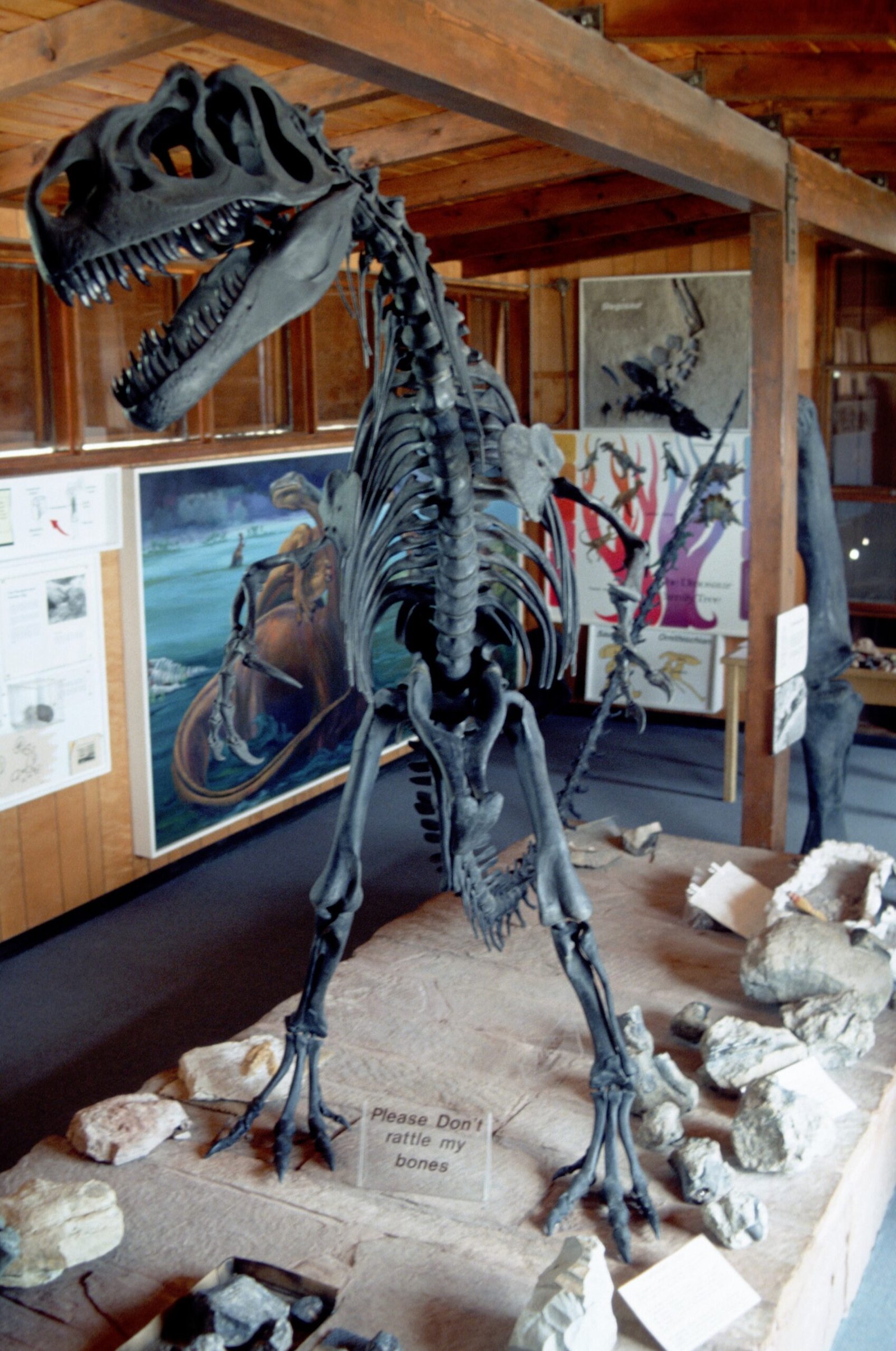
Felis attica might not look impressive at first glance—it was about the size of a modern housecat—but its place in feline history is huge. This little hunter lived in forests and grasslands, using stealth and agility to catch small prey. Felis attica is one of the earliest true members of the Felis genus, the same group that includes today’s domestic cats. Its success paved the way for small cats to spread around the world. The next time your cat pounces on a toy, remember it’s channeling Felis attica!
Paramilitaris: The Cat with the Warrior Name

Paramilitaris is an ancient cat whose name means “like a soldier,” and it certainly lived up to the title. Its fossils show a sturdy, muscular frame and teeth designed for powerful bites. Scientists believe Paramilitaris was a top predator in its ecosystem, competing with other large carnivores for food and territory. Its warrior spirit is immortalized in bone, reminding us that ancient cats were fierce survivors.
Felis lunensis: The Moon Cat of Tuscany

Felis lunensis, named after the Luna region in Italy, is sometimes called the “moon cat.” This small feline prowled the ancient woodlands of Europe, hunting at night with keen eyesight and sharp claws. Its fossils are some of the earliest evidence of true cats in Europe, making Felis lunensis a key player in the spread of felines across the continent. If cats ever had a lunar mascot, this would be the one!
Styriofelis: The Austrian Cat with a Mysterious Past

Styriofelis is a rare fossil find from Austria, with features that blur the line between early wildcats and modern housecats. Its skeleton shows a mix of ancient and recent traits, making it a fascinating puzzle for paleontologists. Styriofelis may have lived in forests and grasslands, adapting to a changing world as new species appeared. Every new bone uncovered brings us a step closer to understanding this enigmatic feline.
Pseudaelurus quadridentatus: The “Four-Toothed” Mystery

Pseudaelurus quadridentatus is a special branch of the Pseudaelurus family, famous for having four prominent canine teeth. This unusual dental setup has puzzled scientists for years—what advantage did those extra fangs provide? Some think it helped with gripping slippery prey, while others believe it was just a quirky evolutionary experiment. Whatever the reason, Pseudaelurus quadridentatus proves that ancient cats were full of surprises.
Which of these prehistoric felines would you want to meet in a time-traveling adventure?

Suhail Ahmed is a passionate digital professional and nature enthusiast with over 8 years of experience in content strategy, SEO, web development, and digital operations. Alongside his freelance journey, Suhail actively contributes to nature and wildlife platforms like Feline Fam, where he channels his curiosity for the Feline into engaging, educational storytelling.
With a strong background in managing digital ecosystems — from ecommerce stores and WordPress websites to social media and automation — Suhail merges technical precision with creative insight. His content reflects a rare balance: SEO-friendly yet deeply human, data-informed yet emotionally resonant.
Driven by a love for discovery and storytelling, Suhail believes in using digital platforms to amplify causes that matter — especially those protecting Earth’s biodiversity and inspiring sustainable living. Whether he’s managing online projects or crafting wildlife content, his goal remains the same: to inform, inspire, and leave a positive digital footprint.






